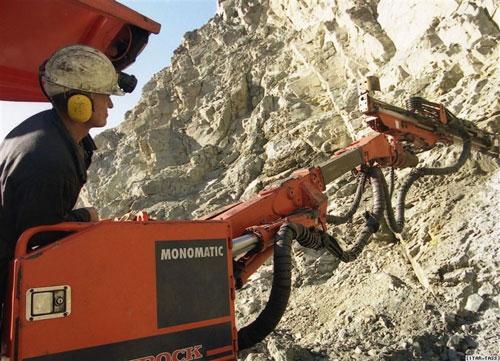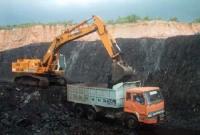Энэ 7 хоногт
Copper prices to depend on world’s economic recovery
A strong outspoken contingent at this year’s copper gathering in Chile said copper prices are more likely to rise beyond their current historically high levels, especially if developed economies begin to recover more robustly.

A strong outspoken contingent at this year’s copper gathering in Chile said copper prices are more likely to rise beyond their current historically high levels, especially if developed economies begin to recover more robustly. This belief seems to be widely accepted despite large output of copper being expected in the near future as copper miners are once again embarking on a wave of new projects. Mongolia’s Oyu Tolgoi is expected to yield 450,000 tonnes a year from 2013, and Xstrata (world’s No. 4 producer) plans to expand production by 60% to nearly 1.5 million tonnes annually by 2014 thanks in its Peru projects of Las Bambas and Antapaccaya, and its huge Tampakan development in the Philippines.
Meanwhile other parts of the industry are investing more just to stand still, and it is believed that the less-visible decline in existing operations will undercut any new supplies.
As such, executives are confident another price-weakening supply-side surge will not take place due to an expected unyielding rise in Chinese demand and to the increasingly costly struggle to sustain output at old mines, as well as the industry’s long, well-established track record at failing to deliver major projects on time.
Actually, far from an excess of the metal, most analysts and executives looked ahead to years of shortage, or at best a delicate balance, underpinning their belief that prices that have nearly trebled from late 2008 lows could be a permanent market feature. While the pessimism over future supply is a compelling argument in its own right, set next to the demand-side story, it becomes overwhelming.
Nevertheless, and while the price of copper is better than anyone had imagined, some industry leaders and analysts at this week’s CRU/CESCO conference also warned that current levels may not hold without a more robust recovery in developed economies.
Lisa Morrison, economic risk advisor at consultants CRU, said supply and demand on the global copper market is finely tuned and any alteration in perception will bring volatility. “If the developed world fails to recover, it will have an effect on emerging market growth because it is the developed markets that buy products from them,” she said.
Other such as Freeport-McMoRan, Chief Executive Richard Adkerson also declared that he was not comfortable going “all out” on investments in capacity with demand from two-thirds of the world’s economy still in the doldrums, especially when the price was solely supported by China.
Independent metals analysts GFMS also said in last Wednesday’s copper report that short-term copper prices would be volatile until demand recovered sufficiently to justify current price levels.
Nevertheless, it is a consensus that as the world economy recovers, there will be a deficit in copper in the coming years.






